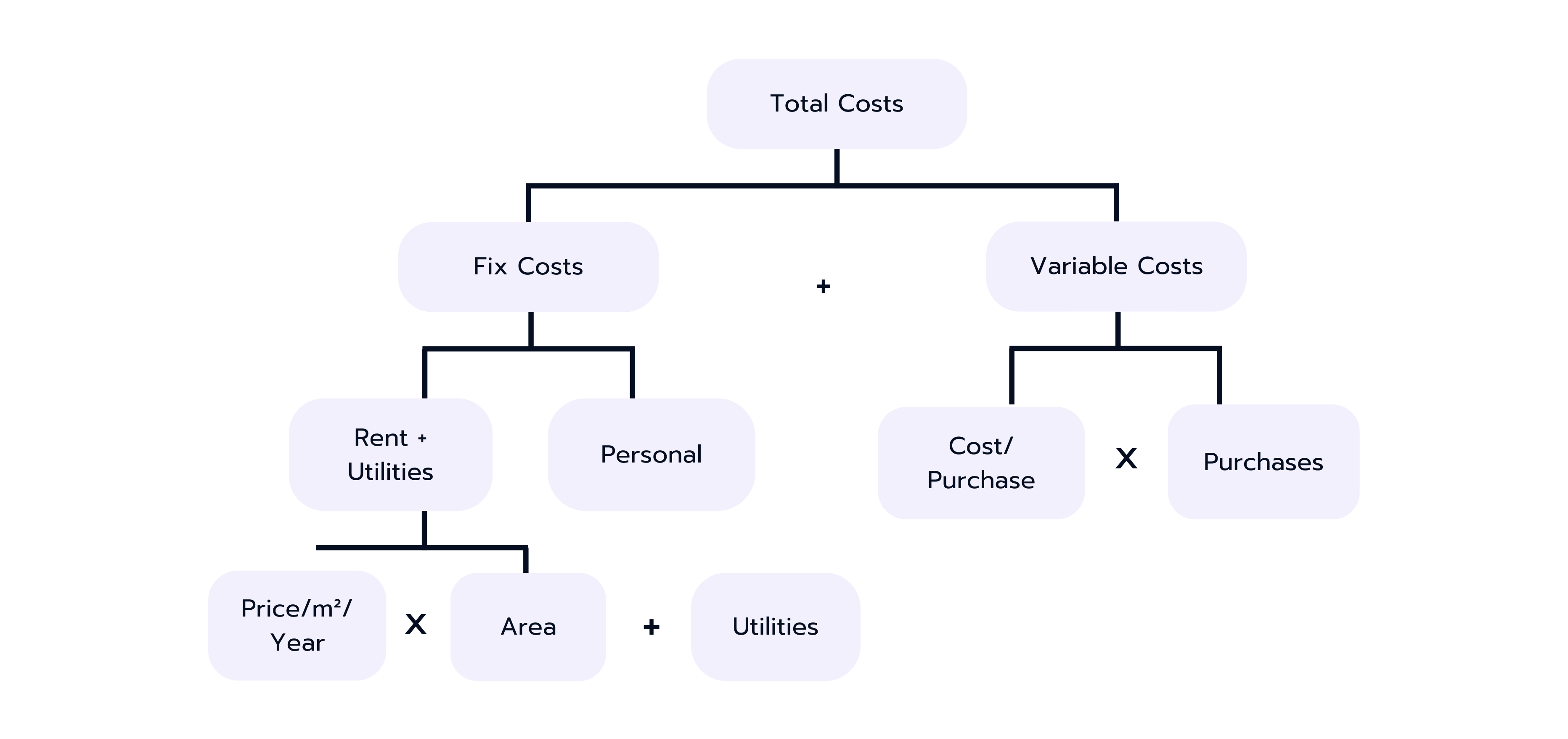MECE is a buzz word in consulting and is often used in preparation for case interviews.
But what is behind the acronym? This article takes a closer look at the MECE principle, its meaning and examples of its use.
MECE Is a Best Practice Method for Structuring Case Interviews
MECE is a way of segmenting information into sub-elements that are Mutually Exclusive and Collectively Exhaustive. In other words, elements should “exclude” each other, i.e. be distinct, and should “exhaust” the relevant field, i.e. contain everything that belongs to it.
The MECE framework as a method should be used when you craft an issue tree for your case structure. Doing so will help you avoid dependencies between different branches of the tree, and thus sub-problems can be properly isolated.

Mutually Exclusive (ME): aims at reducing complexity by avoiding overlaps. You need to make sure that the possible solutions or groups are not accidentally considered twice. Proving exclusiveness forces you to carefully look at each option, consequently leading you to a much deeper understanding of the issue.
Collectively Exhaustive (CE): aims at ensuring a comprehensive collection without leaving alternatives. Exhaustive means that all possible options have been considered. The trick is to divide a problem into categories with a finite number of general groups. For example, if you need to make “means of transportation” MECE, don't start just collecting “per foot, train, plane, bicycle, etc.” Try to find categories, because this practice will prevent you from forgetting important options: wheels vs. no wheels OR air vs. water vs. land.
Difference between MECE and Non-MECE – A Simple Example
A simple example for a MECE breakdown is dividing the population into subsets of age:
- A group of people below 50 years and another group of 50 years and above is MECE. No person can be in both groups - mutually exclusive - but every person is in either one of them – collectively exhaustive

- A group of people below 50 years and another group with people from 40 to 70 years is not MECE, as people from 40 to 50 years belong to both groups - they are not mutually exclusive – and people above 70 are in neither one of the groups – they are not collectively exhaustive. A very common mistake made in this context is to differentiate between people below the age of 50 and people above the age of 50, but this does not include people who are exactly 50 years old.

The MECE methodology is very famously used at McKinsey and other top consulting firms all over. Interviewers will especially evaluate whether you are able to structure information in a MECE format – a skill you will not only need in your case interview, but also in everyday life as a consultant. Many well-known frameworks, such as the Cost-Benefit-Analysis, 4Cs, or Porter’s Five Forces are designed with the MECE principle in mind.
Use the MECE Principle in Profitability Cases to Split Costs in an Issue Tree
The MECE principle is not only applied for structuring information, but also helpful for simplifying calculations. Questions that require calculations are common in interviews as they are a good way to test your logical thinking and basic math skills. For example, it may be necessary to analyze the cost structure of a company in order to identify the root cause of a profitability problem. A good approach to tackle this task would be to break down the total costs into its single (MECE) components as you can see below:

If as a next step you want to calculate the total costs, it is easiest to start at the bottom of your issue tree and carry out the first calculation. Take the result of that calculation and work your way up the tree until you have got the final costs. It is much easier to break down your problem like that than trying to do everything at once. Each calculation can be done in your head (if you need some practice, check out our Mental Math Tool) and is not overly complicated.
When you have followed the MECE principle and made some valid assumptions for the actual numbers, your result will most likely be quite accurate (if you have made a sanity check and feel like it is not, it is also easy to look for the mistake by going through the structure of your tree again).

